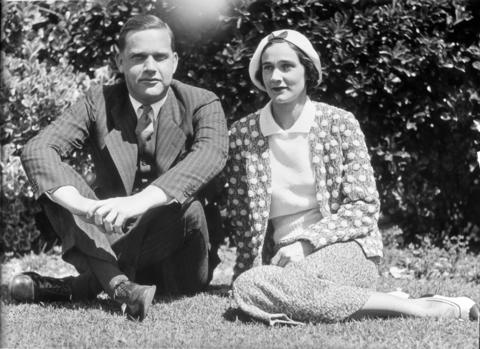Identity elements
Reference code
Name and location of repository
Level of description
Item
Title
2700-5
Date(s)
- 1935-05 (Creation)
Extent
Name of creator
Content and structure elements
Scope and content
John Philip (Phil) Weyerhaeuser, Jr. and his wife Helen. In 1935, this private couple was thrust into the limelight when their youngest son George was kidnapped and held for ransom. It became the second most famous kidnapping in the nation, eclipsed only by that of the Lindbergh baby. On May 24, 1935, nine year old George Hunt Weyerhaeuser left Lowell Elementary to walk to Annie Wright. He was supposed to meet there with his sister Ann, 13, a student at the seminary and his brother Philip, 10, who also attended Lowell. The family chauffer would then motor the trio home for lunch. On May 24, George never made it to the car, he was kidnapped near the tennis courts of the seminary and held ransom for $200,000. The ransom was paid and George was freed near Issaquah on June 1, 1935 unharmed. During the ordeal and afterward, the family spoke only with the police. Newspaper articles are sketchy and only conjectures. To the credit of the family, this enabled the police to arrest and convict three suspects, 24 year old Harman Waley and his 19 year old wife Margaret and William Dainard (called Wm. Mahan until the trial) and to recover most of the ransom money. It speaks of the democratic upbringing of the younger Weyerhaeuser generation that the children were allowed to walk from place to place without security. (T. Times 5/25/1935, pg. 1 plus succeeding months)
Kidnappings--Tacoma--1930-1940; Weyerhaeuser, John Philip; Weyerhaeuser, Helen; Weyerhaeuser, George H.--Kidnappings;

